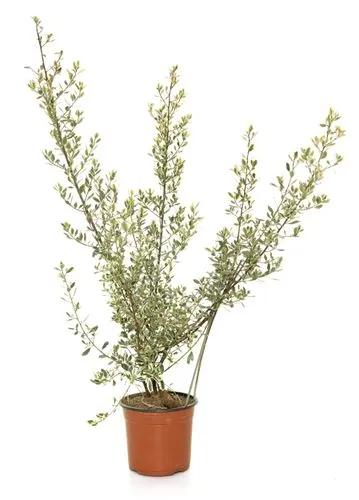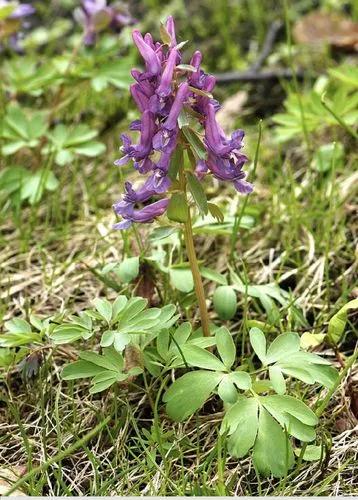Yucca aloifolia is the type species for the genus Yucca. Common names include aloe yucca, dagger plant, and Spanish bayonet. It grows in sandy soils along the coast. It is native to the Atlantic and Gulf Coasts of the US and Mexico and Bermuda.
Aloe Yucca Care
Yucca aloifolia
Other names: Aloe Yucca, Dagger Plant



Yucca aloifolia, called dagger plant as well as Spanish bayonet, is an erect arborescent species, simple or densely branched, with at its termination or the end of each branch a rosette of very sharp-pointed, rigid leaves, their margins finely-toothed, but without loose filaments. It sometimes attains a height of 7(-8) meters, but under severe climatic conditions it will usually grow as a robust shrub. The leaves are fairly thin, dagger-shaped and very sharp-tipped. The stems are covered in the remains of the old, dry leaves. Inflorescences are borne erectly, but many widely cultivated forms of the species are shy to flower if grown away from their habitat. The flowers are large, and showy, waxy and white sometimes tinged purplish, so that the plant is popular as an ornamental. Unlike Yucca elephantipes, the stems of Y. aloifolia often topple over to snake along the ground or over surrounding plants, unless they are mechanically supported. Invasive in Spain and Australia.
How to Care for the Plant

Water

Watering an aloe deeply also allows any built up salts to leach from a soil. Succulents can be sensitive to a minerals and chemicals in municipal water supplies. If your aloe seems peaky, use filtered or distilled water when irrigating. Add a diluted liquid fertilizer once per month to a water but only during a growing season.

Pruning

Never remove more than a third of the foliage in any one year and cut just above a node on the stem.

Fertilizer

As with most houseplants, they will benefit from an occasional feed during the growing season. An organic, balanced, liquid fertilizer once a month during spring and summer is recommended.

Sunlight

Needs bright, indirect sunlight.

Soil

Prefer fertile soil, preferably loose and loamy with adequate drainage.

Temperature

Best grown where winter temperatures stay above 0°C, but is hardy to around -10°C. Plants in containers can be moved inside during longer cold spells.

Container

When choosing a pot, choose a pot that is 2.5-5 cm (1-2”) larger than the current size. Ceramic pots are porous which means your plants are less likely to experience root rot from overwatering. It also means you'll have to water more often. Plastic pots are lighter, less likely to break, and easier to clean.

Popularity

19,243 people already have this plant 2,299 people have added this plant to their wishlists
Discover more plants with the list below
Popular articles






